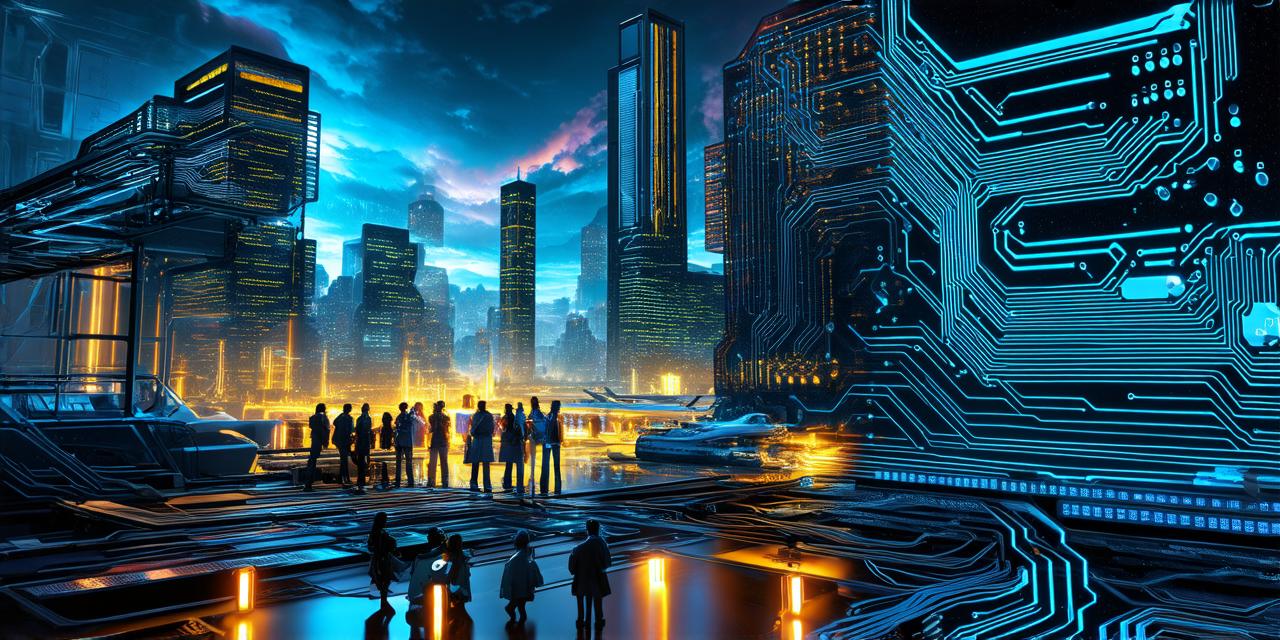The concept of the metaverse, a virtual world where people can interact and experience reality in a new way, has been gaining popularity for several years now.
With the rise of remote work, online education, and virtual events, the idea of an immersive digital experience has become increasingly appealing to people around the world.
The Tech Companies
Tech companies are at the forefront of creating the metaverse. They are developing virtual technologies such as augmented reality (AR), virtual reality (VR), and mixed reality (MR) that allow users to experience a digital world in real-time.
One of the key players in this space is Meta, the parent company of Facebook. Meta has been working on its own metaverse platform called Horizon Worlds, which allows users to create their own virtual worlds and experiences. Other tech companies such as Apple, Google, Microsoft, and Samsung are also investing heavily in virtual technologies and exploring the possibilities of the metaverse.

However, while these tech companies have the resources and expertise to develop the technology required for the metaverse, they face significant challenges in creating a cohesive and inclusive digital environment. For example, ensuring that users have access to high-speed internet, powerful computing devices, and affordable prices is crucial for widespread adoption of virtual technologies.
The Governments and Regulatory Bodies
Governments and regulatory bodies also play a critical role in the creation of the metaverse. They seek to ensure that this new digital frontier benefits society as a whole and does not exacerbate existing inequalities or infringe upon individual rights and freedoms.
In many countries, governments are working with tech companies and other stakeholders to develop policies and regulations that govern the use of virtual technologies. For example, the European Union has introduced the Digital Single Market, which aims to create a unified legal framework for the digital economy in Europe. Similarly, the United States has established the National Institute of Standards and Technology (NIST) to develop standards and guidelines for emerging technologies such as 5G and artificial intelligence.
However, governments face challenges in regulating the metaverse, given its decentralized and borderless nature. For example, it can be difficult to enforce regulations across different jurisdictions and ensure that users are protected from harm or exploitation.
The Individuals
Finally, individuals also have a role to play in the creation of the metaverse. They are the early adopters who experiment with new technologies and provide feedback to tech companies and policymakers. They are also the creators who use virtual technologies to express themselves and push the boundaries of what is possible in the digital realm.
For example, many gamers have been using virtual reality headsets to experience immersive gaming environments for years. Now, they are exploring the possibilities of the metaverse by creating their own virtual worlds and experiences. Similarly, artists and designers are using augmented reality technologies to create interactive installations that blur the line between art and technology.
Conclusion
The creation of the metaverse is a complex and multifaceted process that involves various players with different roles and responsibilities. Tech companies are developing the technology required for this new digital frontier, governments and regulatory bodies seek to ensure that it benefits society as a whole, and individuals are the early adopters who provide feedback and push the boundaries of what is possible in the digital realm.
While there are challenges associated with the creation of the metaverse, there are also significant opportunities for innovation, growth, and transformation.
